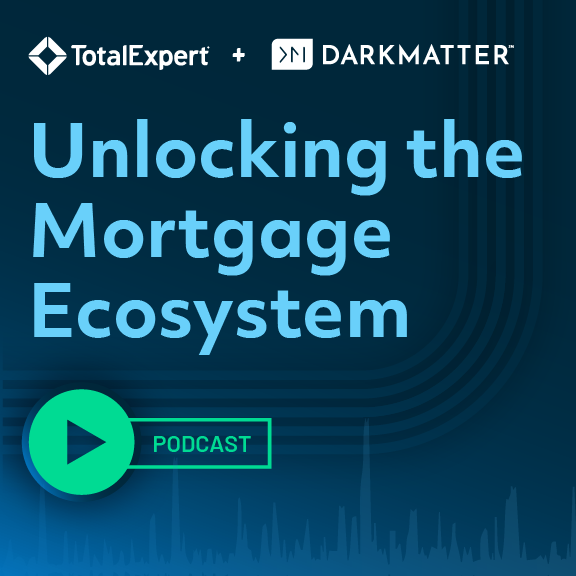‘Tis the season for attention spans to dwindle and work ethics to go on vacation. Tight inventory, cold weather and distracted consumers provide an extra layer of excuses during a time of year when it can be difficult to stay focused. Success at this time of year requires pushing forward instead of dialing back – and not allowing work ethics to slip into hibernation.
The tendency to disengage during the last month of the year provides great opportunity for motivated companies and mortgage loan officers (MLOs) to do business in the so-called “slow season” due to the opening created by competitors who stop answering phones, engaging in social media, contacting referral partners and following up on leads. Take advantage of how many companies and MLOs fall into the time-of-year trap and use this month to take territory.
Manage Your Mindset
Marriage, divorce, job changes, the need to relocate and other events don’t adhere to the calendar. Life happens every month of the year and so does business. Just as calorie-laden treats seem to show up every day in the break room, MLOs need to show up on the radar of their prospects, past clients, partners and sphere of influence. It’s important not to allow yourself, your team or the company to dabble in business-generating activity; commitment must remain strong.
Make a plan to stay persistently engaged at a high level every day until the end of year. Average performers are quick to default to seasonal excuses when customer responses are slow and harder to illicit, but their elite counterparts stay committed. Review your 1-Page Business Plan and increase your weekly activities in anticipation of the fact that you’ll probably have to cast a wider net than usual during the holiday month.
Your Perception = Your Reality
Avoid the water cooler and the observations of people standing around talking about how “slow it is out there.” Shield yourself and your team members from the advice and negativity of nonmotivated people who are spending their time talking about what can’t be done and how difficult things are. Approach each week of this month just as you would those in the perceived busy months with the expectation of progress and wins that are proportionate to the effort you put in. The trajectory of your production this time of year – and your success in general – correlates directly to what you do, not what other people say.
Slow Season Strategies
- Get out of your comfort zone. Just as muscles grow when they are pushed and strained, your business will too. Push the limits of what you think is possible when others are complacently riding out the end of the year.
- Show up. Stay in front of your ideal clients and referral partners and let your competition be “out of sight and out of mind.” You’ll get more visibility for your effort this time of year by making rounds to offices, calls to prospects and reaching out to past clients because you’ll have fewer competitors vying for attention.
- Stay connected. Post on social media with comments, congratulations and endorsements. Challenge yourself to spend 30 minutes a day engaging with current Realtor partners and lay the groundwork for new relationships on Facebook, LinkedIn and other networks.
- Add value. Build and deliver marketing assets to current and desired Realtor partners and let them know you’re here to help them keep business moving as family and social activities ramp up. Get involved with listings by creating single property websites and sharing them on your own social media.
- Participate. Dedicate a few hours each weekend to visit open houses. Use the time to catch agents you’ve been wanting to connect with, assist partners you work with and to meet and be a resource for consumers. Time spent at open houses is always productive, but the payoff is even greater this time of year.
The relationships – and closings – you have in January depend on your commitment and effort in December. The best way to be the first to come to mind when buyers and Realtors are ready to hit the ground running in the new year is to stay in front of them for the rest of this one. Slow isn’t a season, it’s a state of mind.


